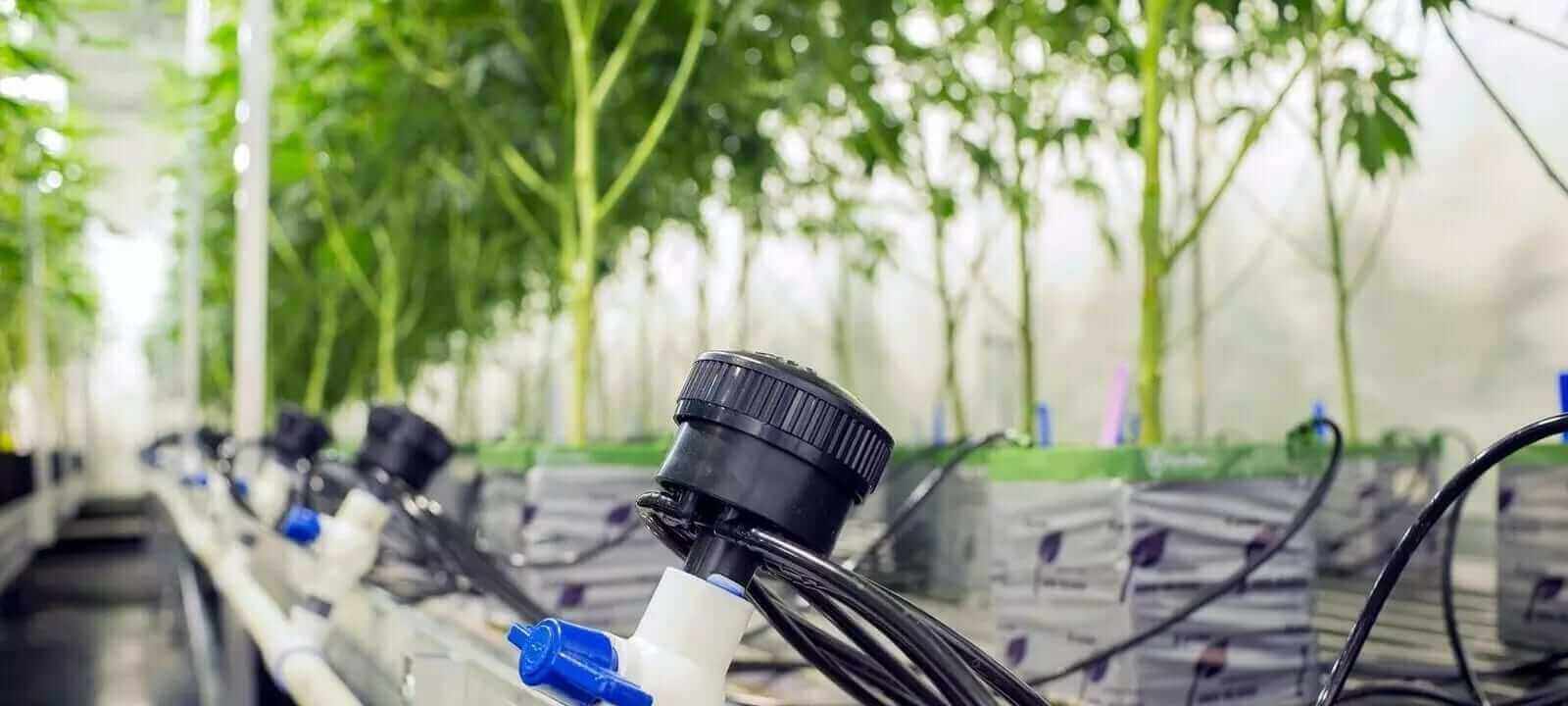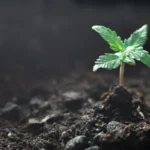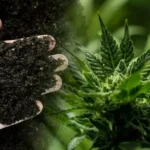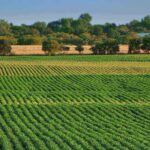Crop steering has become a cornerstone of modern cannabis cultivation, offering growers precise control over plant development to achieve optimal yields and a premium-quality product. By manipulating environmental conditions and irrigation strategies, cultivators can guide cannabis plants to prioritize vegetative growth or generative (flowering) phases. This science-backed method not only enhances productivity but also aligns with the increasing demand for efficient, sustainable cultivation practices.
By carefully manipulating environmental factors such as light, temperature, humidity and irrigation, cultivators can guide plants to emphasize vegetative growth or generative (flowering) phases. This method allows growers to maximize yields, enhance cannabinoid profiles and create premium-quality flower, all while optimizing resource efficiency. While cannabis cultivation has become increasingly competitive, crop steering has become an essential practice for both small-scale boutique growers and large commercial operations.
What Is Crop Steering?
At its core, crop steering involves tailoring environmental and irrigation inputs to “steer” plants toward specific growth outcomes. Cannabis plants naturally respond to external signals, allocating their energy based on perceived environmental cues. By leveraging this natural adaptability, growers can direct plants to prioritize either structural growth or reproductive development.
- Vegetative Steering: This phase focuses on building the plant’s foundation. By providing high water content and maintaining moderate nutrient concentrations, cultivators encourage robust stems, healthy leaves, and a well-developed root system. Proper vegetative steering sets the stage for strong plants capable of supporting heavy flowers later in the growth cycle.
- Generative Steering: In this phase, growers shift focus to flower production. Reducing water levels slightly and increasing nutrient concentration triggers mild stress, signaling the plant to invest energy in reproductive growth. Strategic lighting adjustments, such as emphasizing red wavelengths, further enhance flowering, resin production, and terpene synthesis.
The Role of Environmental Factors
Environmental controls are integral to effective crop steering, as they directly influence plant metabolism and growth behavior. By fine-tuning these variables, cultivators can optimize both yield and quality:
- Light Intensity and Spectrum: Blue-light-heavy spectrums during vegetative stages stimulate leaf and stem growth, while red light during flowering promotes bud development. High light intensity during flowering boosts cannabinoid and terpene production, creating a richer, more potent product.
- Vapor Pressure Deficit (VPD): VPD, the balance between temperature and humidity, is critical for nutrient uptake and transpiration. Maintaining an ideal VPD ensures that plants efficiently absorb water and nutrients without risking dehydration or disease.
- Temperature and Humidity: During flowering, lower nighttime temperatures help preserve delicate terpenes, while controlled humidity prevents mold and bud rot.
Technology’s Role in Crop Steering
Modern cannabis cultivation relies heavily on technology to implement crop steering with precision. Advanced tools like sensors, automation systems, and data analytics platforms have transformed the way growers manage their operations.
- Real-Time Monitoring: Sensors track critical variables like soil moisture, light levels, and air temperature, providing growers with immediate feedback.
- Automated Irrigation: Automated systems adjust water delivery based on plant needs, ensuring consistency and minimizing waste.
- Predictive Analytics: AI-driven platforms analyze historical data and environmental inputs, recommending adjustments that optimize plant performance.
By integrating these technologies, growers can reduce guesswork and fine-tune their approach to achieve consistently high-quality harvests.
Why Crop Steering Matters in Cannabis Cultivation
Crop steering is especially valuable in the cannabis industry, where product quality and yield directly influence market success. This method provides several key benefits:
- Maximized Yields: By allocating energy efficiently between vegetative and generative phases, crop steering produces heavier, denser flowers.
- Improved Cannabinoid Profiles: Controlled stress conditions during flowering enhance resin production, leading to higher concentrations of THC, CBD, and other cannabinoids.
- Enhanced Terpene Profiles: Precise environmental management preserves aromatic compounds, creating a more flavorful and aromatic product.
- Resource Efficiency: Optimized water and nutrient usage reduce operational costs and environmental impact.
- Consistency Across Harvests: Data-driven crop steering ensures uniform growth conditions, resulting in predictable outcomes.
Challenges in Implementing Crop Steering
Despite its benefits, crop steering requires a deep understanding of plant biology and environmental controls. Growers must overcome several challenges to successfully implement this technique:
- Learning Curve: Crop steering demands technical expertise and familiarity with advanced growing systems, which can be daunting for newcomers.
- Cost of Technology: High-quality sensors, automated systems, and monitoring software can be expensive, especially for small-scale growers.
- Risk of Oversteering: Excessive stress from improper water or nutrient levels can stunt growth or reduce yield quality.
To address these challenges, growers are encouraged to start with small-scale trials, invest in training, and leverage data-driven tools to refine their approach.
The Future of Cannabis Cultivation with Crop Steering
As the cannabis industry grows, so does the need for efficient and innovative cultivation methods. Crop steering represents the intersection of science and sustainability, offering growers the ability to maximize profitability while minimizing environmental impact. The adoption of smart farming technologies, such as AI and automation, will continue to enhance crop steering practices, making them more accessible and effective.
For both boutique growers and large-scale producers, mastering crop steering is no longer optional—it is a competitive advantage that ensures superior yields, premium quality, and a stronger position in the evolving cannabis market.
Conclusion
Crop steering has transformed cannabis cultivation into a science-driven art, allowing growers to optimize every aspect of plant development. By manipulating environmental variables and employing advanced technologies, cultivators can achieve higher yields, better cannabinoid profiles, and consistent quality. As the industry moves toward greater sustainability and efficiency, crop steering will remain a pivotal tool for growers seeking success in a rapidly evolving landscape.





